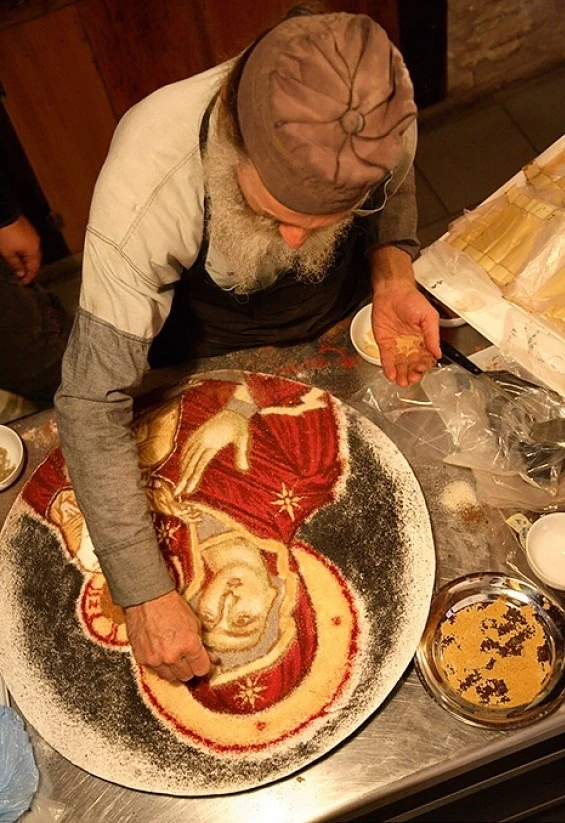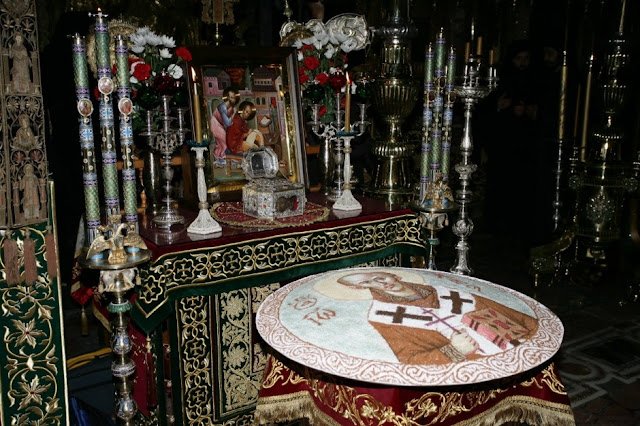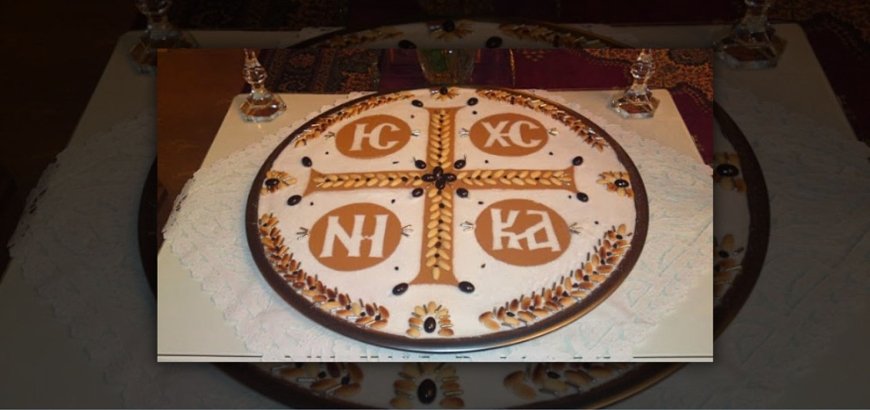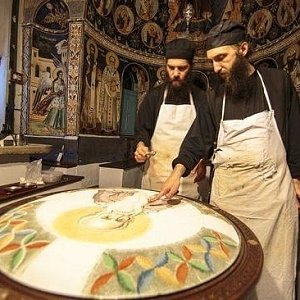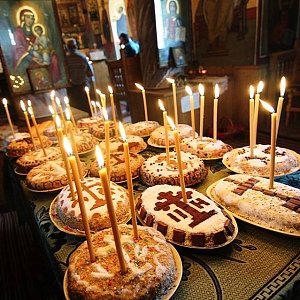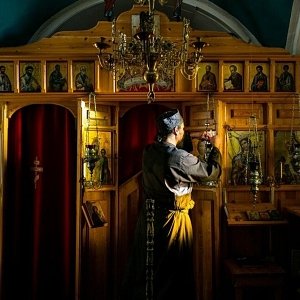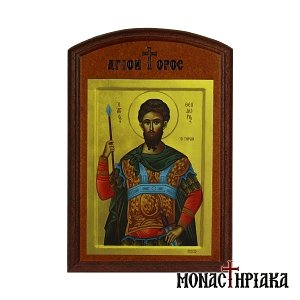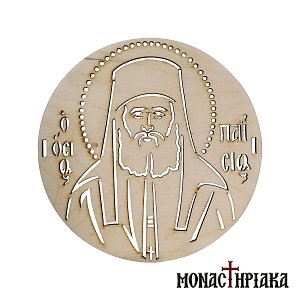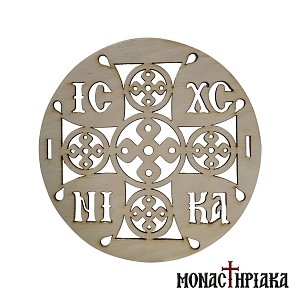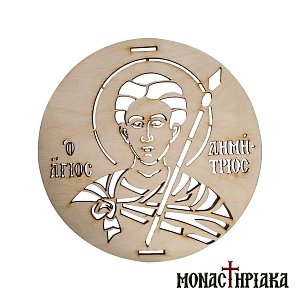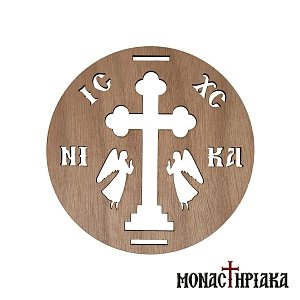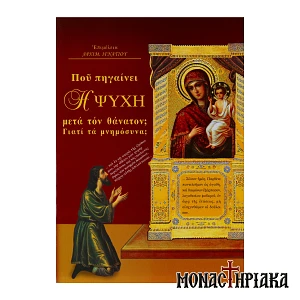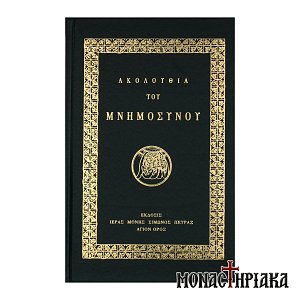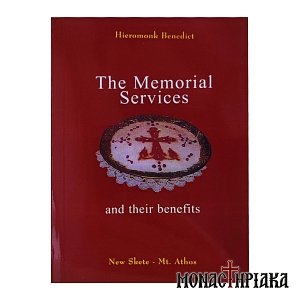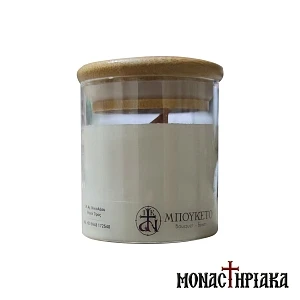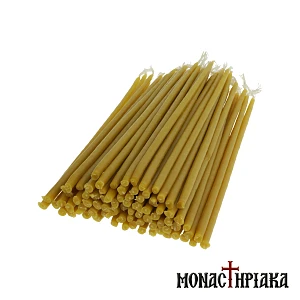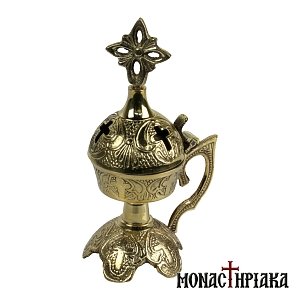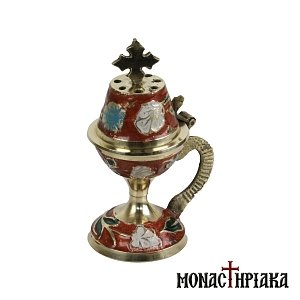What do All Souls’ Days symbolize?
Our Church established two All Souls’ Days for those who have fallen asleep, because many people at times died in the sea or in mountains and cliffs or due to poverty and did not receive the typical memorial services.
For this reason, "The holy Fathers, moved by philanthropy, established this memorial service for all devoutly departed Christians throughout the ages".
In the Orthodox monastic life, memorial services and in general the memory of death, have a great importance. For this reason, the holy fathers give special attention to kolliva, both in their preparation and consumption.
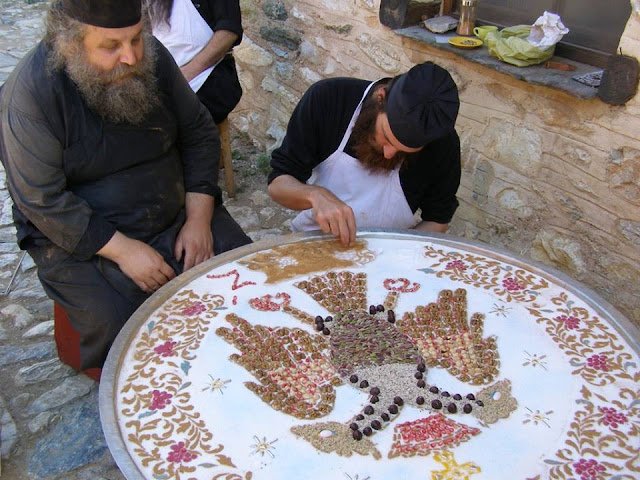
When we celebrate the All Souls’ Days
The first All Souls’ Day of the year is 57 days before Holy Easter. It is also called “Saturday of Souls” and is the Saturday before Meat fare Sunday.
Οn Meat fare Sunday we seek to commemorate the Second Coming of the Lord Jesus Christ. Our dead have not yet been judged, so we remember them on this day and, invoking the infinite mercy of the Lord, we beg Him with the memorial service we do, to rest them.
The second All Souls’ Day of the year is 48 days after Holy Easter. It is also called "Saturday of Souls" and is celebrated before Pentecost Sunday.
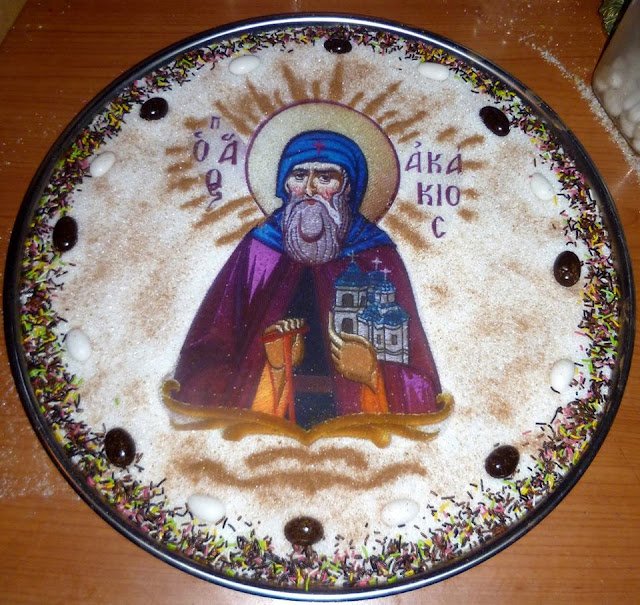
All Soul’s Days are connected with memorial services as both are held in memory of our own people who are no longer alive. Our tradition calls for koliva for All Souls’ Days, which we take to the Church in honor of our beloved departed.
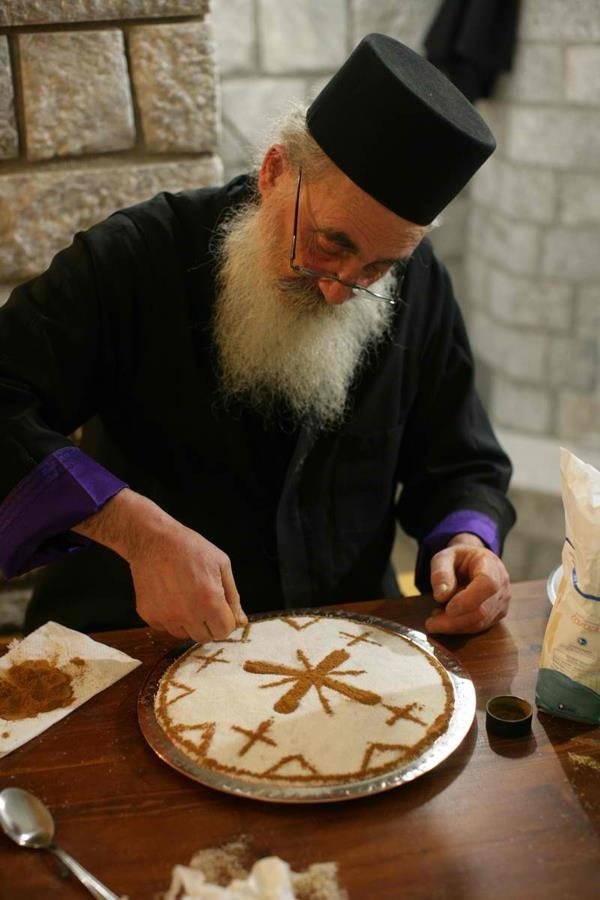
Why do we eat kolyva at memorial services
The kolyva are one of the oldest Christian customs of the Orthodox Church that is preserved until today and is directly connected to the departed.
According to the tradition, the koliva were established to be offered to the temples by Saint Theodore Tyron, who had distributed koliva in the region of the Euchaites in Galatia during a period of famine.
Another tradition states that Saint Theodore Tyron performed a miracle on Emperor Julian. In particular, the emperor was about to force Christians to eat only food derived from sacrifices, eliminating all other kinds of food.
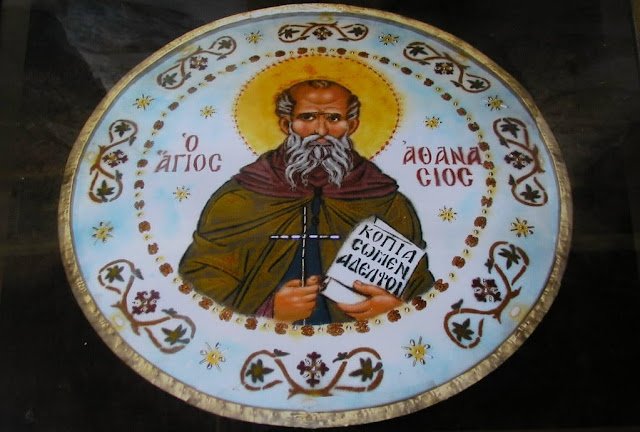
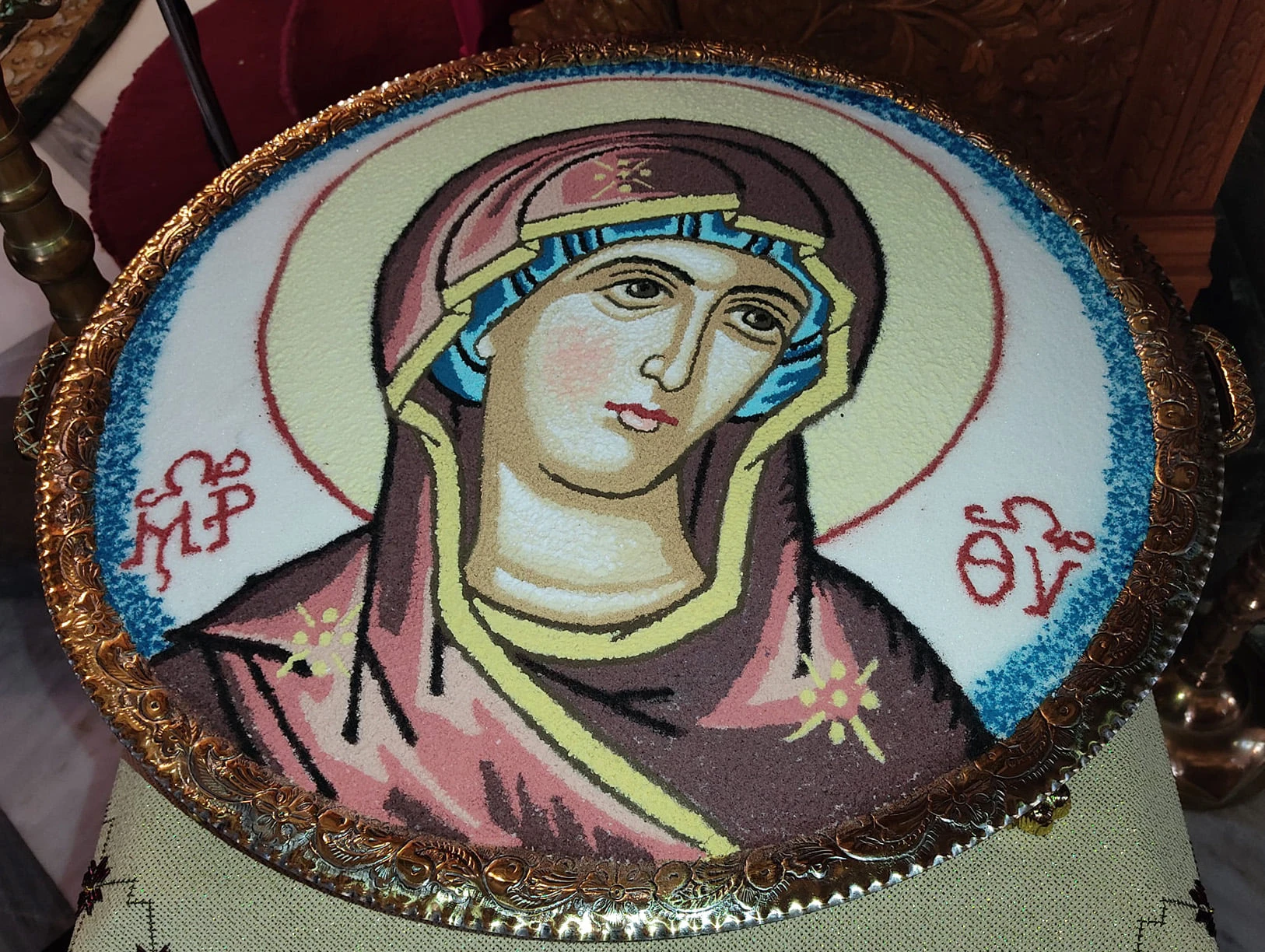
Either way, koliva were established to be offered both on All Souls’ Days and at memorial services to those attending there and then to the homes of relatives and friends.
Here you can find book about the Memorial Services and Their Benefits.
Why the ingredients from the koliva must be nine
Koliva is made of 9 ingredients because they symbolize the angelic orders, which are nine. Each ingredient is accompanied by its own symbolism.
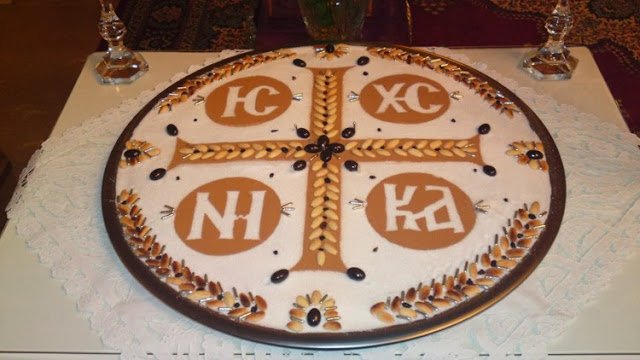
What are the ingredients in the koliva and what do they symbolize
1. Wheat: the main ingredient of koliva is wheat, which is usually boiled and symbolizes the earth and people, who are not alive.
2. Pomegranate: the second ingredient is the pomegranate and symbolizes the mercies and splendor of Paradise.
3. Sugar: the next ingredient that is included in the koliva, is sugar, which reveals the sweetness of Paradise.
4. Raisins: raisins are the fourth ingredient that shows the Vine that is Jesus Christ.
5. Parsley: parsley is another ingredient and symbolizes rest " in a place of green pasture ".
6. Breadcrumbs or sesame seeds: these two ingredients indicate the soil.
7. Cinnamon: cinnamon is one of the main ingredients that is used in koliva and indicates the fragrance and the various scents ("…laid it in a sepulchre that was hewn in stone, wherein never man before was laid…”).
8. Almonds: they symbolize fertility and life is perpetuated with offspring.
9. Silver and white sugared-almonds: the final ingredient is the silver and white sugared-almonds that symbolize the unaltered bones after the wear and tear of the body.
Here you can find the two monastic recipes for the koliva.
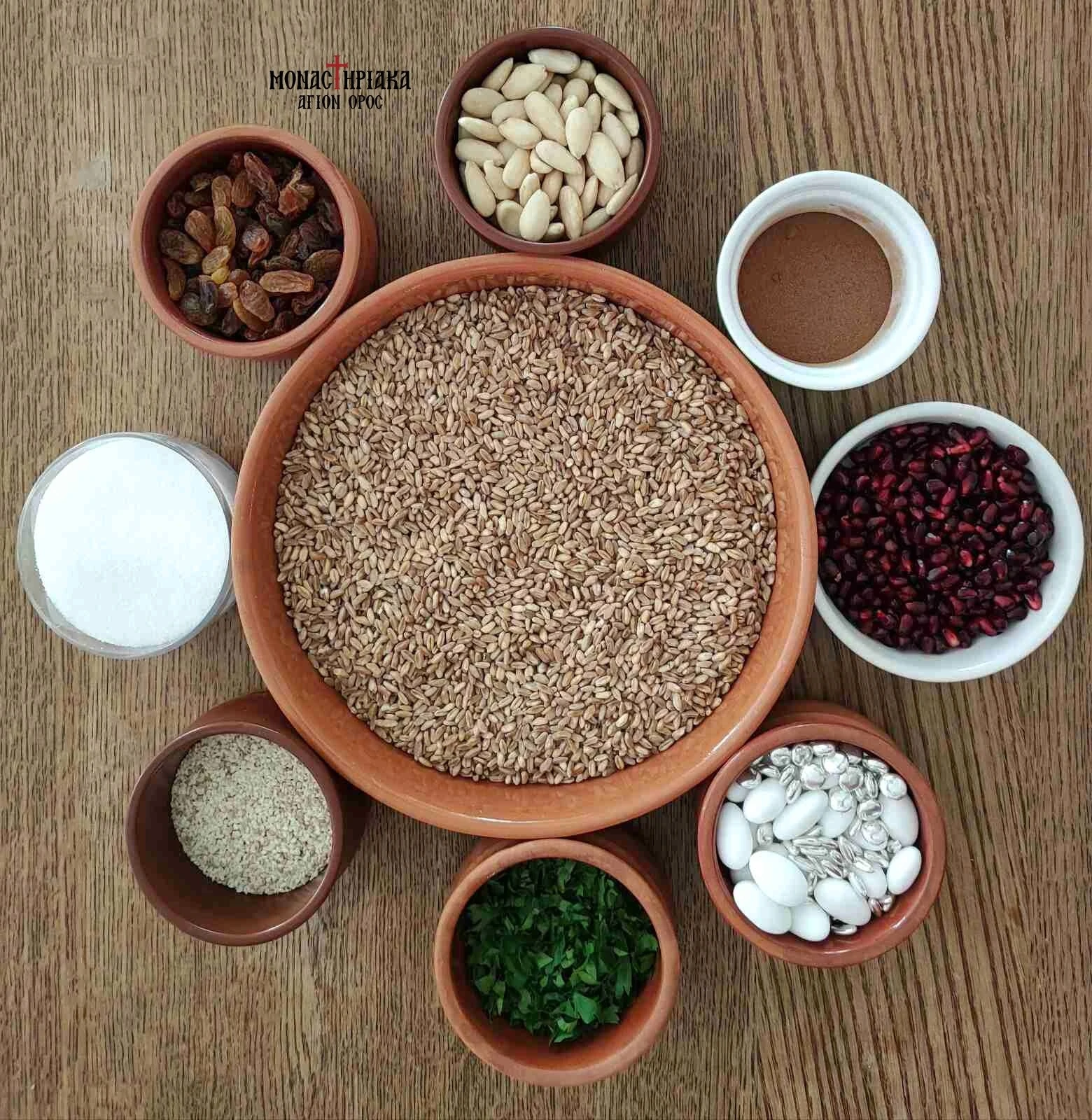
The decoration of the koliva
The decoration of the koliva and the tray are of outstanding value. It serves Christian symbolism and with the joyful note it imparts, it tries to relieve the sadness and pain of losing a person.
The decoration of the koliva can be done with either pomegranate, almonds or sugared-almonds. Also, various seals, stencils, usually made of wood, are used to imprint the Cross or another Christian symbol in the center of the koliva.
These wooden seals usually have two handles for easy installation and removal, which makes them very easy to use.
They depict various symbols in the center such as the Cross with two little angels and the symbol IC XC NIKA or Saints such as Saint Paisios, Saint John the Theologian or Saint Paraskevi.
